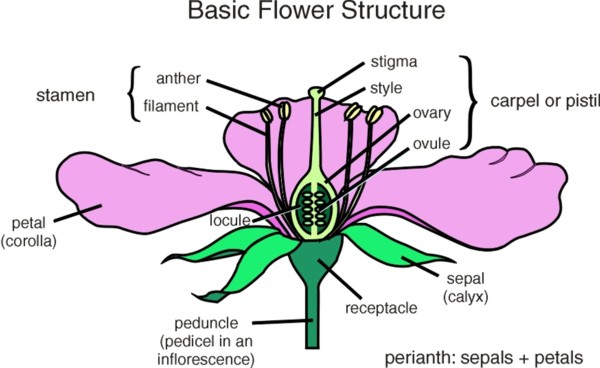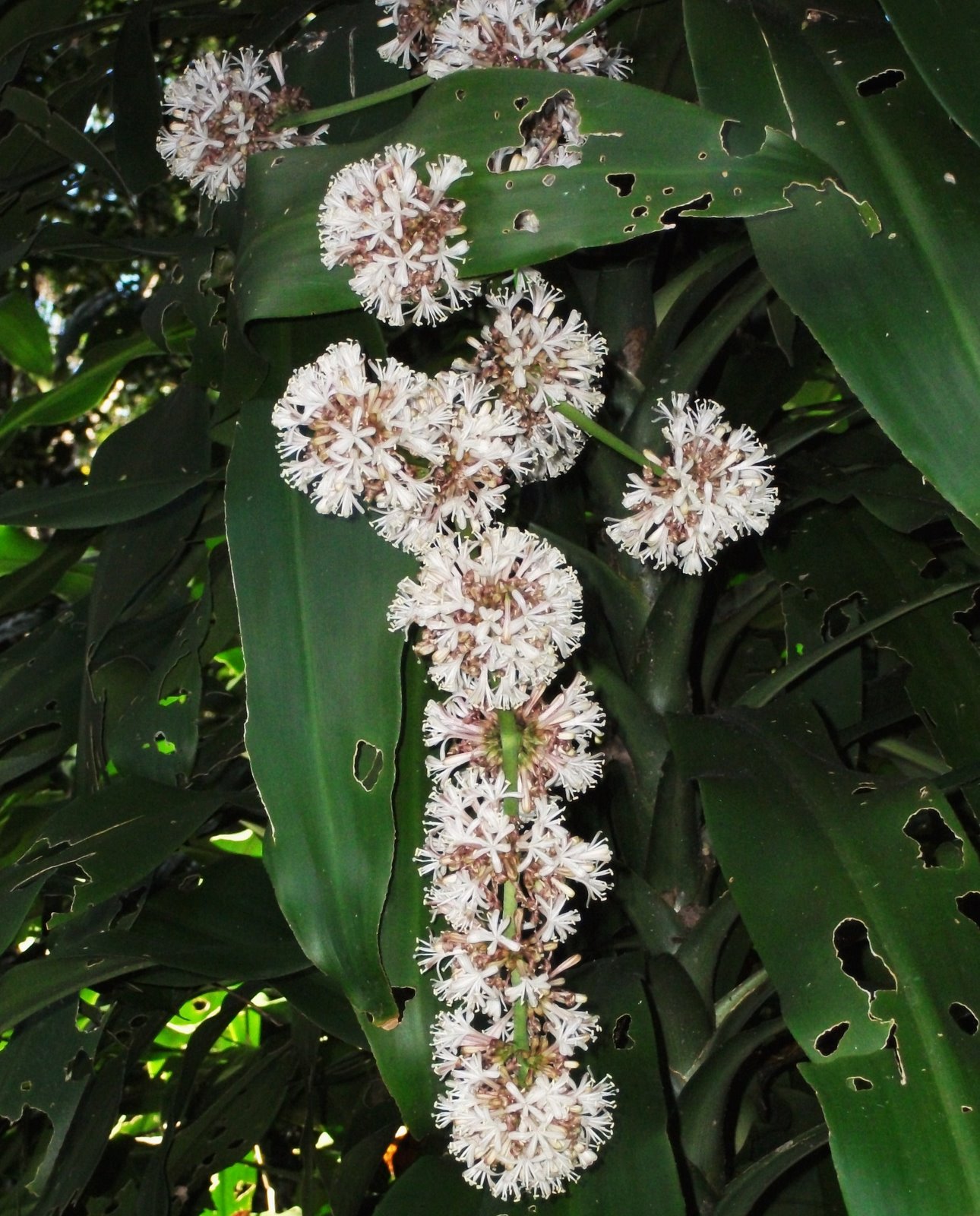Plants also need flowers to reproduce. Flowering occurs after the plant's adulthood which produces the pollen for fertilization. Below is a diagram of plants flowering:


Below are images of what a flowering corn and carrot plant should look like:


Corn Carrot
Monocots and dicots are the two types of flowering plants. My baby corn plant is a monocot and my baby carrot plant is a dicot. Below is a table showing the major characteristics within the two.
| MONOCOTS | DICOTS |
|
| Embryo with single cotyledon | Embryo with two cotyledons |
| Pollen with single furrow or pore | Pollen with three furrows or pores |
| Flower parts in multiples of three | Flower parts in multiples of four or five |
| Major leaf veins parallel | Major leaf veins reticulated |
| Stem vacular bundles scattered | Stem vascular bundles in a ring |
| Roots are adventitious | Roots develop from radicle |
| Secondary growth absent | Secondary growth often present |

Some other examples include:
Monocots: palm, bamboo, grass
Dicots: roses, oak, fruit trees






